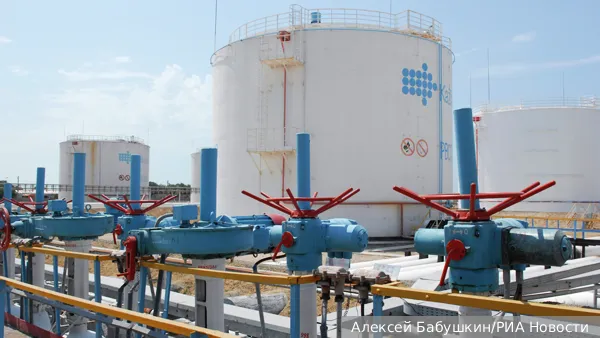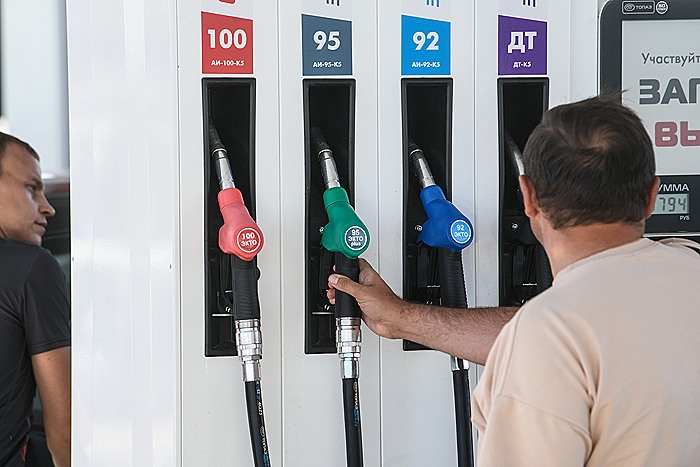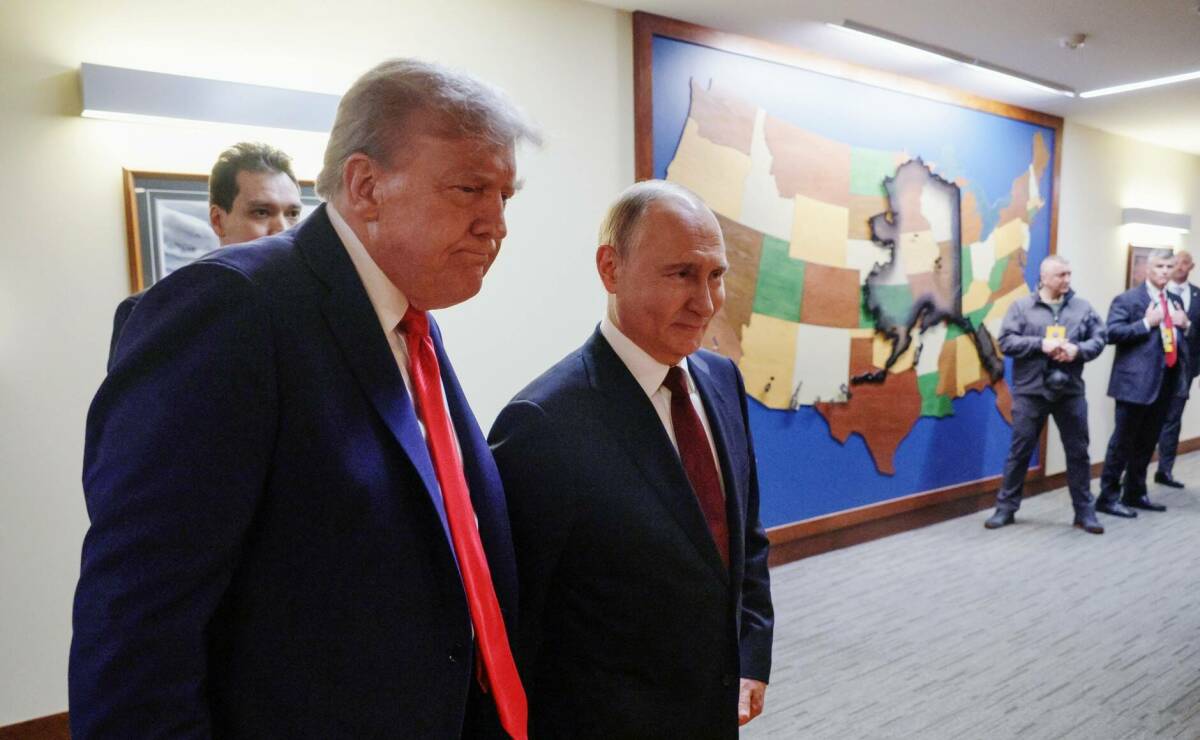How Russia's Oil and Gas Revenues Will Decline in 2025
This year, Russia's oil and gas revenues are anticipated to decrease by 23% compared to 2024. This conclusion comes from experts at Kasatkin Consulting in their annual oil production and service market review (available to “Izvestiya”). However, they forecast that in 2026, these revenues will increase by 19% relative to 2025.
According to Dmitry Kasatkin, the managing partner of Kasatkin Consulting, 2025 will be the most challenging year for the export-oriented raw materials sector of the economy, and the oil and gas industry is no exception.
— The strong ruble and low oil prices are the main reasons for this situation. In 2026, we expect a weakening of the ruble and improvements due to the central bank's policy, which will serve as a stimulus for the oil and gas industry. We are not factoring geopolitical changes into the forecast due to high uncertainty, — he noted.
The expert further stated that he anticipates the central bank's interest rate to be around 15-16% by the end of 2025, and 10-12% by the end of 2026. At the end of July, the Central Bank already reduced the key rate from 20% to 18%.
According to the consensus forecast from the Center for Price Indices (CPI), analysts expect the ruble to weaken by the end of the year, but projections are becoming more moderate — estimating 87.8 rubles per dollar, down from 94 rubles in the June survey. The CPI also noted that following a 2 percentage point cut to the key rate on July 25, analysts expect a slowdown in the pace of further reductions in the three upcoming meetings before the end of the year. As a result, the rate may be lowered to 14-16% by the end of 2025.
In July, according to the Ministry of Finance, oil and gas revenues amounted to 787.3 billion rubles, which is 27% less than in July 2024. Since the beginning of the year, revenues totaled 5.52 trillion rubles, compared to 11.13 trillion rubles for the entire year of 2024. During this period, the ruble has strengthened by over 20%.
Meanwhile, the Ministry of Economic Development, in its April forecast, downgraded expectations for the price of Russian Urals oil from $69.7 to $56 per barrel. In 2026, the agency expects prices to reach $61 per barrel, and $63 in 2027. As for Brent crude, ministry experts predict its price will be $68 per barrel this year and $72 in 2026-2028.
As explained to “Izvestiya” by the press service of the Ministry of Economic Development, estimates of key macroeconomic parameters, including energy resource prices, will be updated in the socio-economic development forecast for 2026-2028, which will be presented in September.
Analysts at Kasatkin Consulting also note that the negative price environment for the global oil market will persist in the next two years. They forecast that this year the average Brent price will be $69 per barrel, in 2026 — $70, and only in 2027 might prices rise to $75 per barrel.
— Long-term, we do not consider geopolitics to be a decisive factor. We believe that the potential lifting of sanctions and restrictions regarding Russian oil could trigger a short-term price drop, but it will fundamentally be neutral for the market dynamics, apart from reducing the discount for Urals oil. We do not expect a reduction in pressure on the Russian oil and gas industry from Western countries until 2027, — Dmitry Kasatkin emphasized.
Sergey Tereshkin, CEO of Open Oil Market, believes that oil and gas revenues will stabilize at July levels, as the price of Urals is unlikely to decrease relative to current values.
He stated that the average price of Urals in 2025-2026 will be above $50 per barrel; however, the actual figure will depend on the size of the discount to Brent, which currently stands at about $10 per barrel. This forecast is based on the assumption that the Brent price will balance around $65 per barrel.
What to Expect from Oil Production in Russia
The volume of oil production by the end of 2025 is expected to be maintained at 2024 levels — 516 million tons, and this level is expected to be preserved until 2027, experts from Kasatkin Consulting state in their report.
— This is due to both the external situation transmitted through OPEC+ policies and the rising share of hard-to-recover reserves and the decreasing number of profitable reserves in mature fields. This is reflected in the long-term strategies of the largest resource users — to maintain current production levels, — remarks Dmitry Kasatkin.
It is worth recalling that, according to the target indicators outlined in the Energy Strategy to 2050, to maintain Russia's position in the external market and ensure a stable supply internally, oil production must reach 540 million tons per year by 2050.
Dmitry Kasatkin explains that the energy strategy serves as a guiding document and vector, but not an objective for production under current conditions.
— In general, even under current conditions, achieving such a figure is feasible within six months, but this would require a 25-30% increase in investments, as well as their effective allocation to the most profitable fields, — he notes.
He emphasized that the potential in Western Siberia has not been fully tapped, and producing an additional 20-25 million tons there is possible, “but the right conditions for oil services must be created, primarily in terms of financing.”
Sergey Tereshkin from Open Oil Market believes that oil production in Russia in 2026 will be higher than in 2025, and even more so than in 2024; however, the actual growth rates will depend on increasing OPEC+ quotas.
— According to the IEA's assessment, Russia could quickly increase production by 100,000 barrels per day without significant capital investments, merely by utilizing idle capacities. This equals just under 5 million tons of oil per year, — he notes.
Tamara Safonova, CEO of the Independent Analytical Agency of the Oil and Gas Sector (NAANS-Media), states that if the trends from the first half of the year continue, oil and gas condensate production in Russia by the end of 2025 could be in the range of 506 to 517 million tons.
— Changes in production volumes may be influenced by the adherence to ongoing and additional obligations under the OPEC+ agreement and the extent of further increases in oil extraction amid decisions aimed at stabilizing the global oil market, — the analyst concludes.
“Izvestiya” sent inquiries to the Ministry of Finance and the Ministry of Energy.
What Will Happen to Exports and Oil Companies' Profits
Russian export volumes in 2025 are expected to remain at the levels seen in 2024, according to the consulting firm's review. As Vice Premier Alexander Novak previously stated, last year the figure was 240 million tons.
Tamara Safonova concurs with her colleagues' forecast. According to her, oil exports (via pipeline and maritime transport) might reach 235-245 million tons by the end of 2025, factoring in a trend of declining exports in the first half of the year and the expectation of gradual increases in the second half.
However, as indicated in the Kasatkin Consulting review, by the end of 2025, companies' revenues in dollars will decline by 13%, and by 10% in rubles. Despite this, investments in exploration and production in 2025, denominated in dollars, are expected to grow by 7%, and in rubles — by 3.5%.
Experts predict that the average production cost will rise from $8 in 2024 to $10 from 2025 to 2027.
— As for production costs, we can currently discuss overall expenses related to oil extraction and export — from the well to loading in the ports of the importing countries. And here, costs will likely decrease due to the improved geopolitical environment. This also includes costs related to the transportation of raw materials using shadow fleets. Their reduction will favorably impact the net profit of oil companies, — Sergey Tereshkin remarks.
Overall, according to Ekaterina Kosareva, managing partner of VMT Consult, the prospects for the development of the domestic oil industry are based on fundamental factors, disregarding geopolitics.
— Under all other circumstances being equal, both production and exports of Russian oil will remain at current levels. External pressure has not affected supply volumes; it has only changed their routes, — she noted.
The exception is gas exports, but no substantial increase is planned in the near one to two years, even considering the possible easing of sanctions, concluded the expert.
Source: Izvestiya



